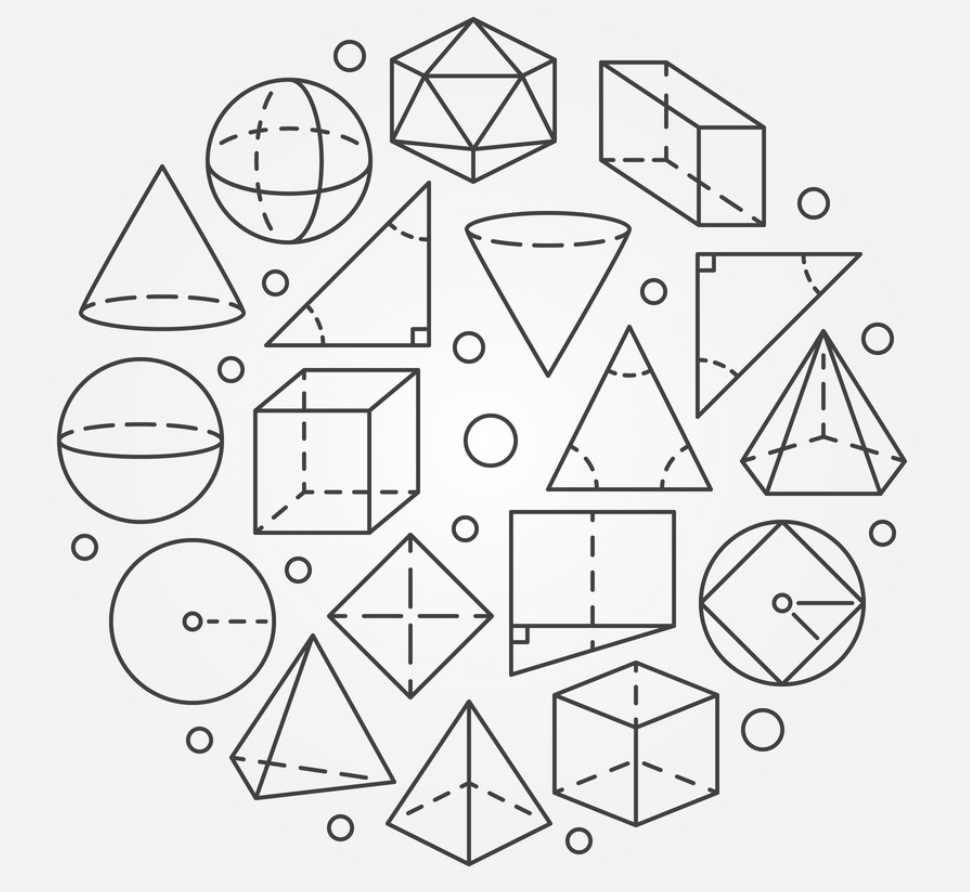Unit 2 Lesson 3 Biconditionals and Definitions
Unit 2 Lesson 3: Bi-conditionals and Definitions
Lesson Overview
Biconditionals
What You Will Learn
- How to write a conditional that serves as an ample definition.
- How to write bi-conditional.
Additional Resources
Overview

In this lesson, you will learn if the conditional you wrote is a good definition. You will show your understanding by writing bi-conditional statements and determining their truth value.
Essential Understanding
A bi-conditional is a single true statement that combines a true conditional and its true converse. You can write a bi-conditional by joining two parts of each conditional with the phrase if and only if.
This course is based on a textbook that is viewable by clicking on the textbook icon. Keep the textbook open while you go through the lesson so that you may refer to it throughout the lesson.
Lesson 3: Biconditionals and Definitions
Proceed to the Next Page
Prepare for Application
Instructions
You have now studied Bi-conditionals and Definitions. It is now time to demonstrate your learning.
Try the activities below on your own. You should be able to answer these before beginning the practice.
Create a journal post called 'Unit 2: Lesson 3 activities' and do these activities in your journal.
Activity 1
- What is the converse of the following true conditional? If the converse is also true, rewrite the statement as a bi-conditional.
If two angles have equal measures, then the angles are congruent.
Activity 2
- What are two conditionals that form this bi-conditional?
Two numbers are reciprocals if and only if their product is 1.
Activity 3
- Is the definition of straight angle reversible? If yes, write it as a true bi-conditional.
A straight angle is an angle that measures 180°.
Activity 4
1. Is the following statement a good definition? Explain.
A square is a figure with four right angles.
2. How can you rewrite the statement 'Obtuse angles have greater measures than acute angles' so it is a good definition?



